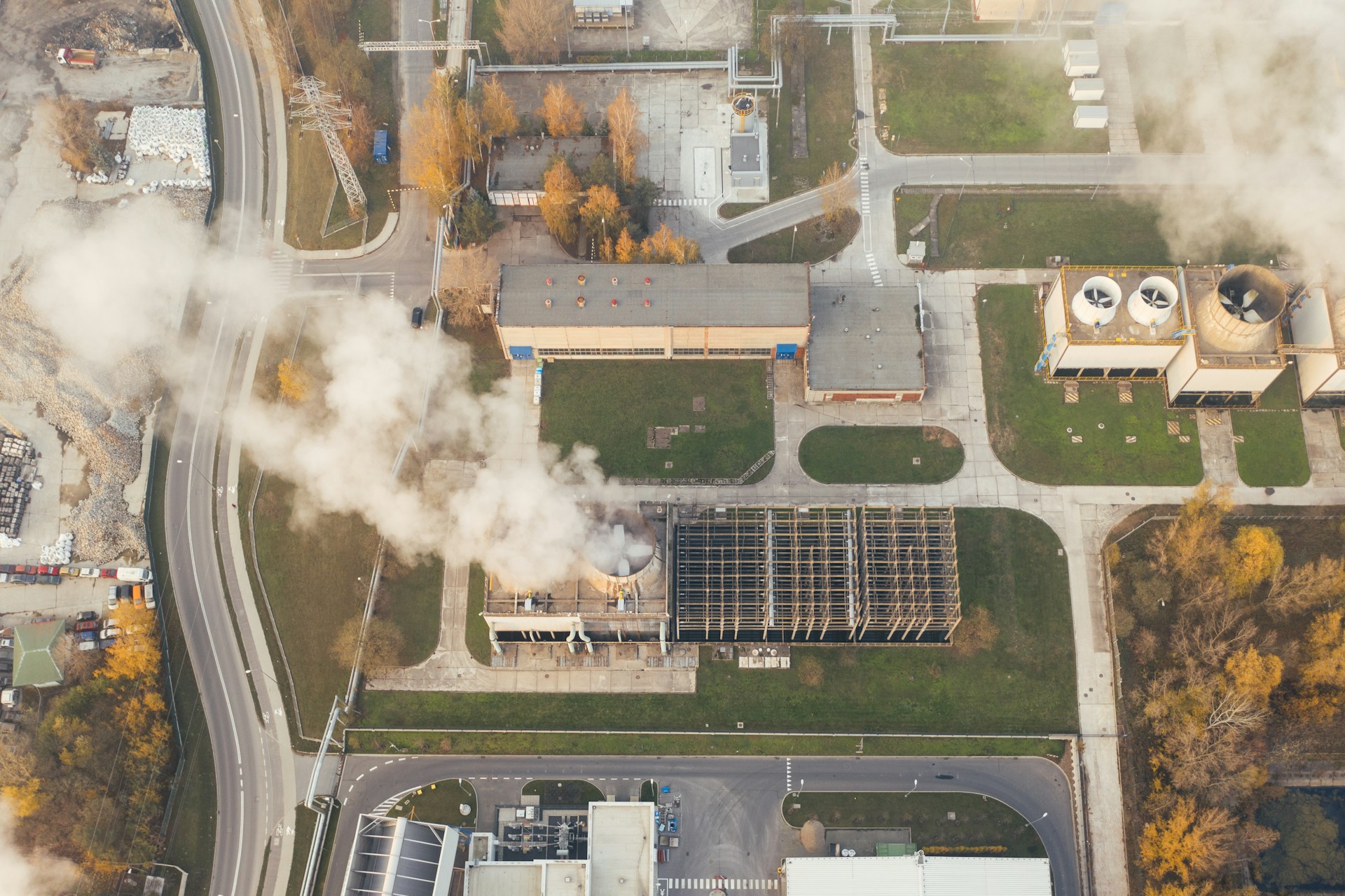Crafting an effective environmental improvement plan is essential for organizations and communities aiming to minimize their ecological footprint and promote sustainability. A well-designed plan not only enhances environmental health but also aligns with regulatory requirements and builds a reputation for responsibility.

Here’s how to create an excellent environmental improvement plan.
1. Assess the Current Environmental Impact
The first step in creating an environmental improvement plan is understanding your starting point. Conduct an environmental audit to identify areas of concern, such as waste generation, energy consumption, water usage, and greenhouse gas emissions. This data-driven assessment serves as the foundation for setting priorities and goals.
2. Set Clear and Measurable Goals
Define specific, measurable, achievable, relevant, and time-bound (SMART) goals that align with your environmental objectives. Examples might include reducing carbon emissions by 25% within five years, cutting water consumption by 15%, or achieving zero waste to landfill by a specific date. Clear goals provide direction and allow for progress tracking.
3. Engage Stakeholders
Involve employees, community members, and other stakeholders in the planning process. Collaboration fosters a sense of ownership and ensures diverse perspectives are considered. Engaging stakeholders also increases the likelihood of successful implementation, as people are more likely to support initiatives they helped shape.
4. Identify and Implement Strategies
Develop actionable strategies to achieve your goals. These might include:
- Energy Efficiency: Upgrading to energy-efficient equipment, implementing renewable energy sources, or optimizing energy use.
- Waste Reduction: Enhancing recycling programs, reducing packaging waste, or introducing composting systems.
- Water Conservation: Installing water-efficient fixtures or implementing rainwater harvesting systems.
Prioritize initiatives based on their feasibility, cost-effectiveness, and environmental impact.
5. Monitor and Evaluate Progress
Establish metrics to measure the success of your strategies and regularly monitor progress. Use tools like environmental management systems (EMS) to track data and identify areas for improvement. Periodic evaluations ensure the plan remains effective and adapts to new challenges or opportunities.
6. Communicate Achievements
Transparency is key to building trust. Share your progress and successes with stakeholders through reports, presentations, or social media. Highlighting achievements not only strengthens accountability but also inspires others to adopt similar practices.
7. Commit to Continuous Improvement
Environmental improvement is an ongoing process. Regularly review and update your plan to incorporate new technologies, regulations, and stakeholder feedback.
An excellent environmental improvement plan reflects a commitment to sustainability, creating lasting benefits for the planet and future generations.

